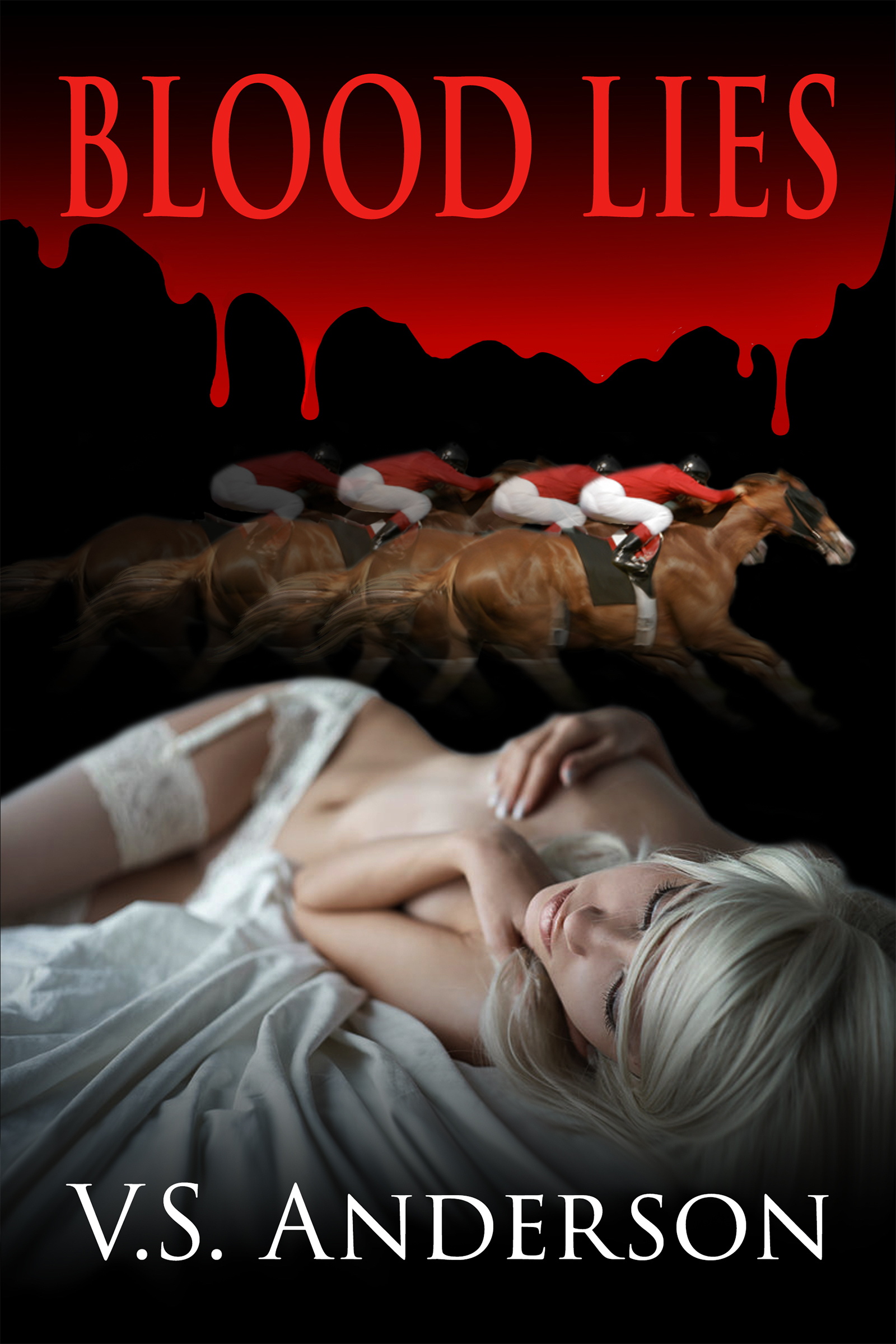Do you outline your novels? Why or why not?

Since my title is “Against Outlines,” you may suspect I’m going to argue against them.
Maybe, though, I’m not vehemently against outlines for writing novels.
The outlines you need!
In my brief career as a romance novelist, outlines were essential.
After all, these books were short, about 55,000 words, and I had to produce them in a matter of months. Writing one had to be like running a mini-marathon.

You were given a route and a clear finish line, and you had to run the same route as everybody else. You could throw in a leap or a flourish here and there—in fact, you were encouraged to, as long as you didn’t stumble off course or onto the sidewalk. No characters allowed to stop and drift into quirky shops or down unmarked alleys. Eyes on the prize!
Lest romance writers rightly take offense, let me be clear. Setting off on and finishing this course is no snap.

Planning at this level takes enormous discipline. Directing each scene so that each actor arrives at the mark for the scene to follow requires a well-honed sense of character motive and of how dialogue and action can deliver on that motive. And those flourishes: as I learned, to carve out a lane for yourself in the genre with all those thousands of others huffing along beside you, to be you without veering off course: that takes a brand of genius. Believe me, I was there. I know.
Outlines make such a demanding fictional endeavor doable. Each scene can be carefully slotted into the overall course. Too many talky scenes in a row? The outline will flog you back on pace. Three-quarters there? Do you have enough action to fill those last pages? The outline knows.
And of course, there’s that one thing we all need that outlines amply provide: a story arc.  Something’s going to change before the end of the story. You can’t write your final outline entry without knowing what that something is.
Something’s going to change before the end of the story. You can’t write your final outline entry without knowing what that something is.
But. . .
“No surprise for the writer, no surprise for the reader.”
That’s what a dear late colleague of mine used to say. That “surprise for the writer” is what an outline trades away.
Writing without an outline is more like setting out on a road trip than a marathon. 
You do have a destination. You can see it, a glow on the horizon. But you’re not a hundred percent sure yet what’s giving off that glow.
So off you go. Maybe you have a map, but it offers you many forks, and you can’t even tell which one is shortest, let alone which one you’ll most enjoy. Along each fork you spot little side trips, where you park for a bit and wander to see what’s there. You find your characters in those quirky shops, down those murky alleys, picking up memories, fears, loves, trying them out like costumes to see what new selves they reveal.
You didn’t know your character loves French movies even though he doesn’t understand any French, or that she loves cats even though they make her sneeze. Or that she fell out of a tree and nearly died when she was ten, did you? Oh! That explains her anger at the father who didn’t catch her; now you discover her struggles with trust.
Without an outline, you don’t tell characters what to do. You follow them and discover what they do.
It’s not like you tag along blindly. If they get too wild, you may abandon them, leave them to their own stories . . . though you may come back one day just to see where they ended up.
Without an outline, there’s a sense in which the story writes itself.
 Dangerous? Oh, my lord, yes. It takes much longer. It tempts complication, which can be a storyteller’s bane.
Dangerous? Oh, my lord, yes. It takes much longer. It tempts complication, which can be a storyteller’s bane.
But it can save you grief as well. My one great, sad lesson from my Failed Novel was that once you set your thinly known characters loose in the world, talking to each other and finding unexpected doors to open, they create themselves—excuse the cliché: they take on a life of their own. And once that starts to happen, you must listen. The marathon route says turn right here; they say, “No, we don’t like that direction.”
Boss characters you’ve found, not made, and they’ll punish you.
So maybe we need a middle ground. A road trip into delight and surprise for the writer-on-deadline who must get to that glow this week, not next year?

What strategies do you use to keep your novel on track without giving up the chance for surprise?
Chris The Story Reading Ape's Blog

 If I took a poll for the most common writing advice, “start with the action” would make the list.
If I took a poll for the most common writing advice, “start with the action” would make the list.
 It’s hard to see the flaws in our own work, and the ending is especially a problem. We know ourselves how it’s supposed to pack its punch, or we hope we do, but will the reader?
It’s hard to see the flaws in our own work, and the ending is especially a problem. We know ourselves how it’s supposed to pack its punch, or we hope we do, but will the reader?

 This article from Writers Helping Writers by
This article from Writers Helping Writers by  I don’t want to preface this post with an extended essay on my own consciousness—there are probably better places for that, if it needs to be written at all—but I do want to say that when I wrote the novels that were published in the 1980s, I was massively ignorant and insensitive (though perhaps not insensitive enough to commit most of the more egregious mistakes). When I returned to these books to self-publish them, I reread them with more awareness and indeed made some changes, so that I hope people buying my two republished books purchase those and not the earlier versions (this is truer of Blood Lies than of King of the Roses, although I still sometimes consider further edits of that book).
I don’t want to preface this post with an extended essay on my own consciousness—there are probably better places for that, if it needs to be written at all—but I do want to say that when I wrote the novels that were published in the 1980s, I was massively ignorant and insensitive (though perhaps not insensitive enough to commit most of the more egregious mistakes). When I returned to these books to self-publish them, I reread them with more awareness and indeed made some changes, so that I hope people buying my two republished books purchase those and not the earlier versions (this is truer of Blood Lies than of King of the Roses, although I still sometimes consider further edits of that book).


 on Anne R Allen site:
on Anne R Allen site:
 I’ve often found great advice on Anne’s site. This post about
I’ve often found great advice on Anne’s site. This post about 



 Something’s going to change before the end of the story. You can’t write your final outline entry without knowing what that something is.
Something’s going to change before the end of the story. You can’t write your final outline entry without knowing what that something is.
 Dangerous? Oh, my lord, yes. It takes much longer. It tempts complication, which can be a storyteller’s bane.
Dangerous? Oh, my lord, yes. It takes much longer. It tempts complication, which can be a storyteller’s bane.

 I’m back from knee surgery and scanning my blogs. Not surprisingly, here’s a keeper. Chuck is a lively writer, so there may be some bad words. Well worth it. Here he tells us what I had to learn the hard way; that
I’m back from knee surgery and scanning my blogs. Not surprisingly, here’s a keeper. Chuck is a lively writer, so there may be some bad words. Well worth it. Here he tells us what I had to learn the hard way; that 





